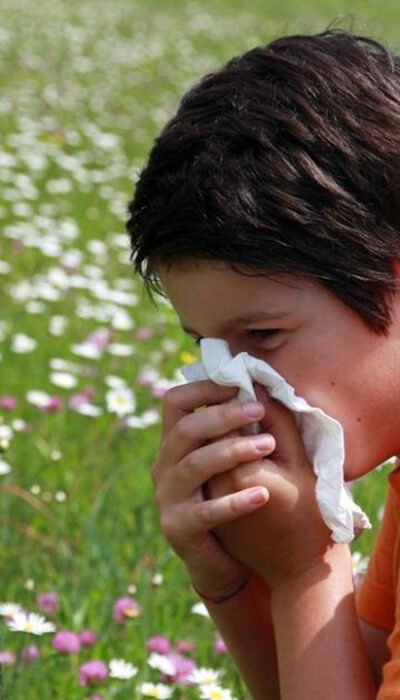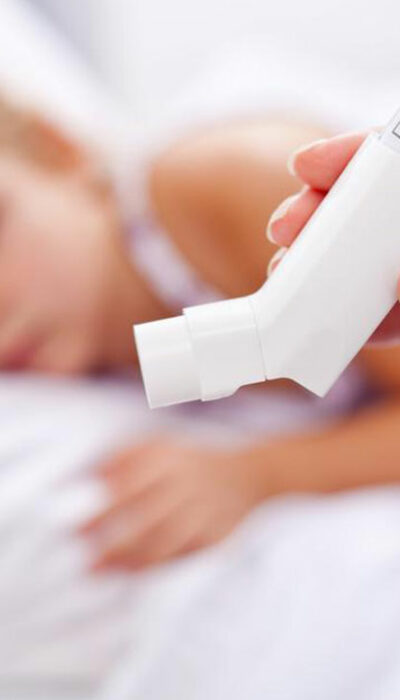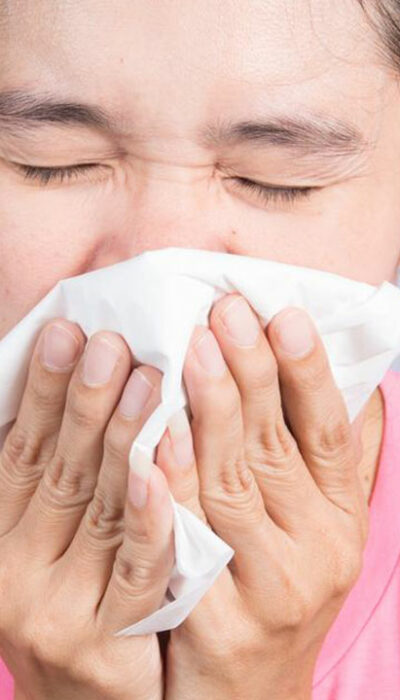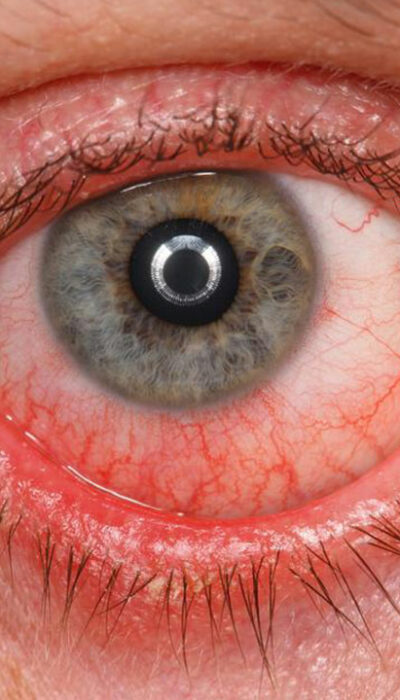
Simple Steps to Understand Symptoms and Treatments of Mold Allergies
What are mold allergies? Molds are nothing but a form of fungus which can grow indoors as well as outdoors. Inside your house, molds usually thrive in bathrooms, basements, kitchen, etc. Although, moisture is the key element for their existence, so if bedroom happens to be damp, molds can quickly develop there. As the name suggests, mold allergies are caused by the mold spores (seeds) which enter your system via air. The immune system then responds to these inhaled allergens strongly, i.e., by repeated wheezing, sneezing, skin irritation, etc. The most common types of molds that can trigger allergies are Rhizopus, Penicillium, Fusarium, Helminthosporium, Aureobasidium, Cladosporium, Epicoccum, and Mucor. What are the symptoms of mold allergies? Identifying the symptoms of mold allergies can be a bit tricky as they can be similar to other forms of allergies. So, you must seek the counsel of your general practitioner to gain confirmation. The following are some of the most common symptoms associated with mold allergies. Runny nose Discomfort in the throat Eyes itching or watering regularly Chest congestion Persistent coughing Experiencing trouble while breathing Headaches or stomach pain Swollen eyelids Skin rashes The symptoms mentioned above vary from person to person. For certain individuals, they might be mild and for some extremely severe. For instance, if a person has asthma then these symptoms might get worse, so as soon as you experience these promptly seek medical help. Who has a higher risk of developing mold allergies? If air-borne allergies or asthma are a hereditary condition in your family, then you probably might suffer from mold allergies. If you have been living in an atmosphere which has been vulnerable to water leakages or humidity for the longest period, you might contract a mold allergy. Certain professions such as farming, baking, furniture production or repairs, logging, winemaking, etc.










